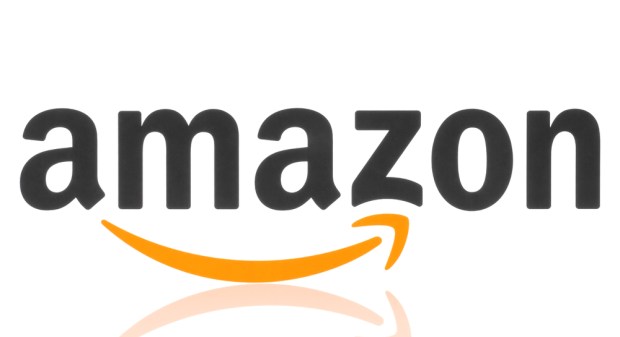Amazon 1-Click Patent Expires In 2017

Soon, online payments might get more frictionless. Amazon’s patent on its 1-Click payment system will expire this year, meaning online buyers could soon see many other online stores adopting similar methods throughout 2017.
Anyone who has used Amazon more than once or bought using voice commands on the Amazon Echo will be familiar with 1-Click. It’s an integral part of the Amazon experience. Additionally, Apple reportedly pays Amazon an undisclosed sum to use its own version of the technology in its app store.
The frictionless payment option is one of many reasons so many online customers frequent Amazon. Some have suggested that 1-Click brings in a good deal of annual revenue for Amazon — potentially in the billions of dollars. So while the patent expiration could be a bit of a disappointment for the online retail behemoth, most everyone else who sells online can’t wait to get their hands on it.
Single-click web shopping has been the dream of online retailers for years. Buy buttons have proliferated with the meteoric rise of online retail. PYMNTS found that 13.9 percent of the top 965 online merchants accept more than one mobile wallet or buy button. While more options and methods might seem better to some, others are looking to unify rather than diversify.
Back in September of 2016, the World Wide Web Consortium (W3C) went so far as to tap firms like Apple, Microsoft, Facebook, American Express, Alibaba and Tencent, among 40 other large web firms, to create a single way for users to add credit cards and payment systems to any web browser for any purchase. The companies and the W3C met to solidify specifications on payments systems they plan to introduce in the coming years.
Google’s version of one-click payments, for instance, will provide customers with a drop-down menu of stored shipping addresses and credit cards when shopping on a participating merchant’s website. The customer can click on the address and card to be used, enter the three-digit security code on the card and hit “pay now.” Other browser companies may choose to use a fingerprint instead of the security code.
“We wanted to remove what we jokingly call the Nascar effect of checkout, where you see five or seven logos for the different cards and payment methods you can use,” said Zach Koch, the top Google executive on the project.
